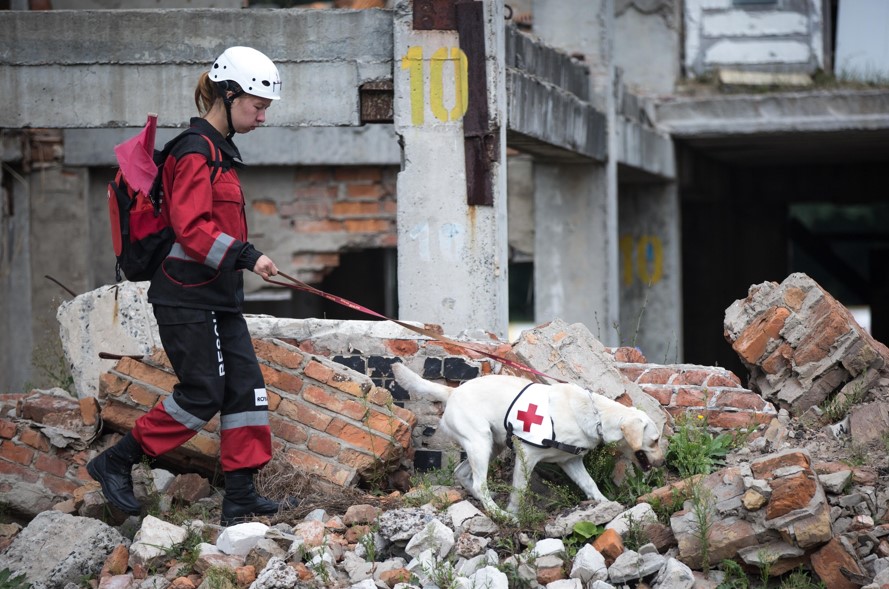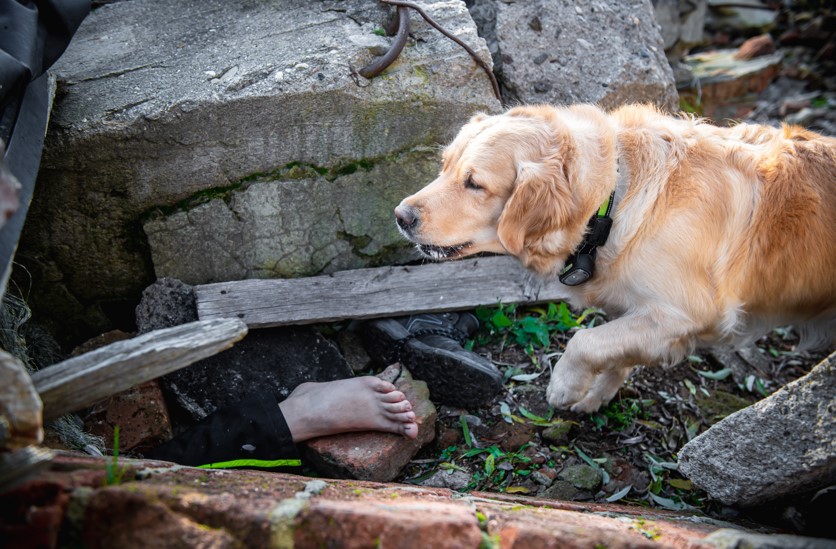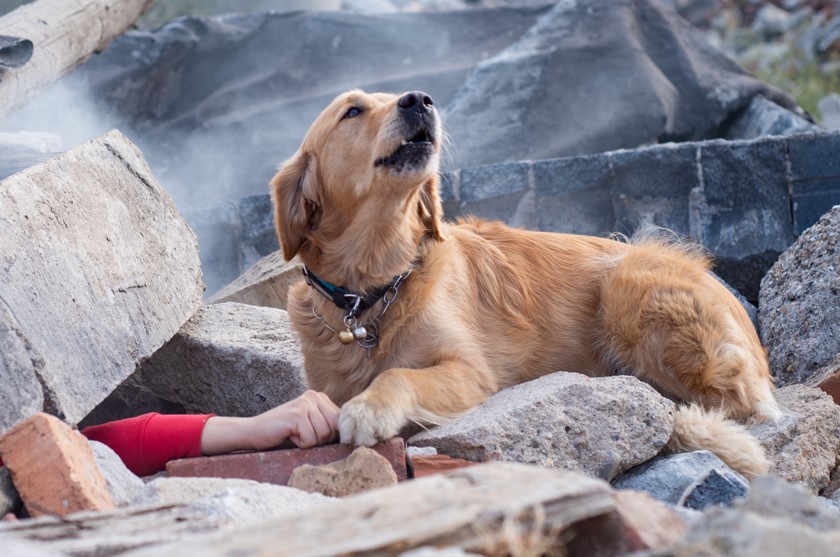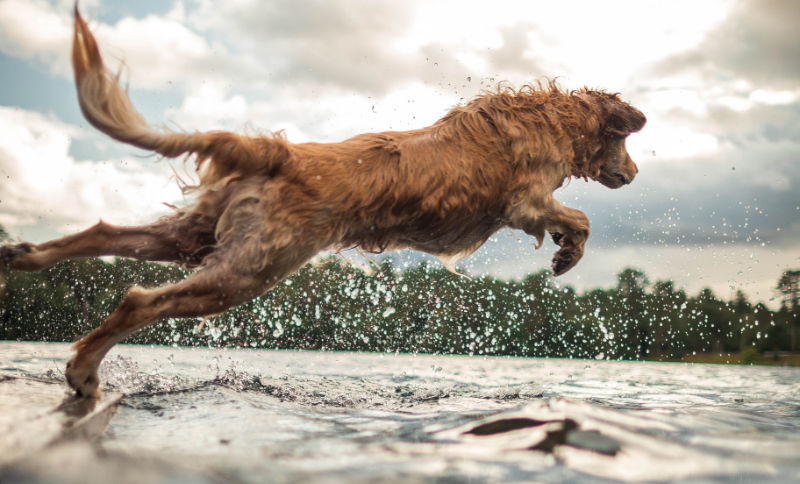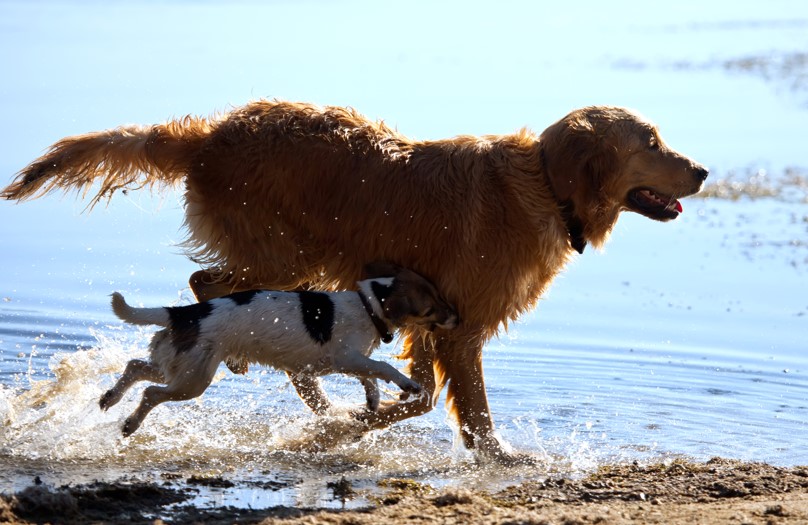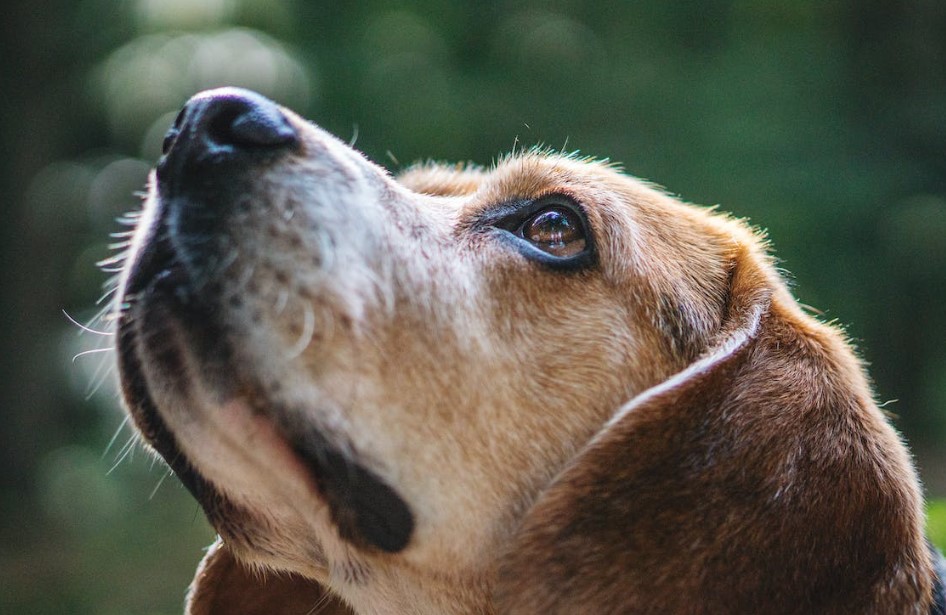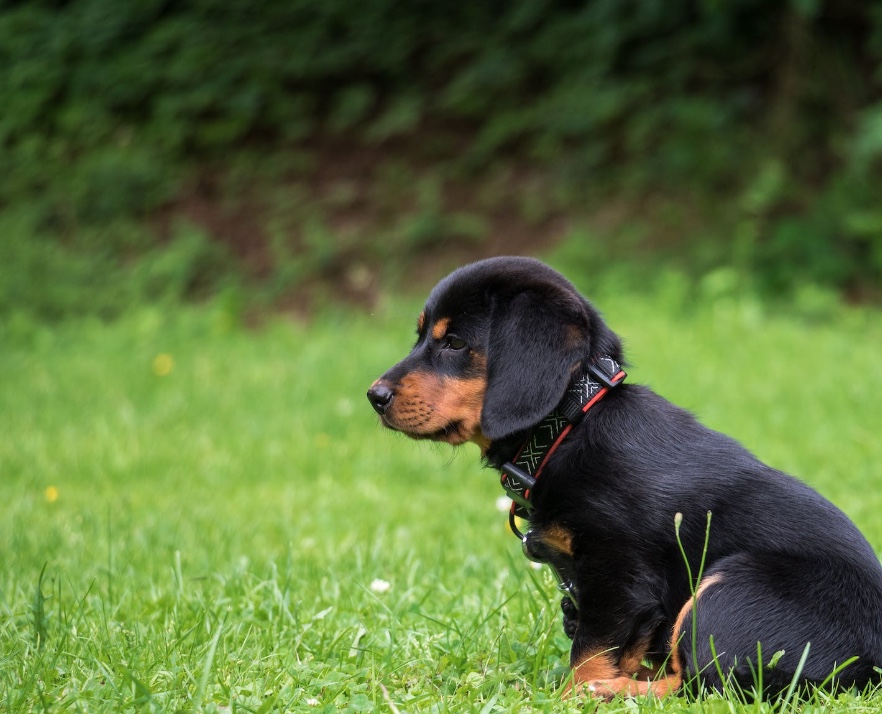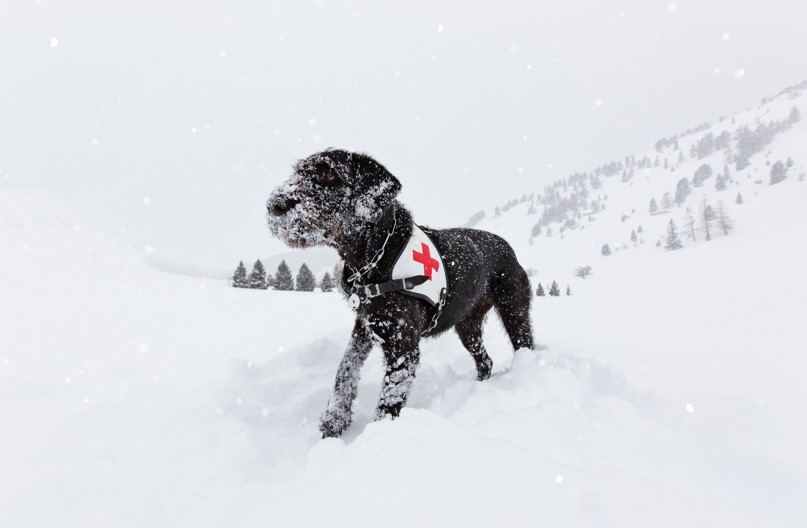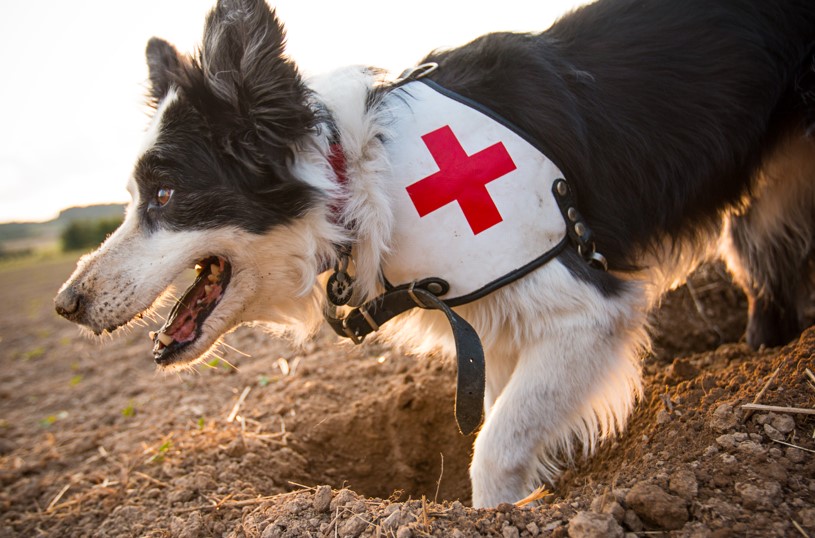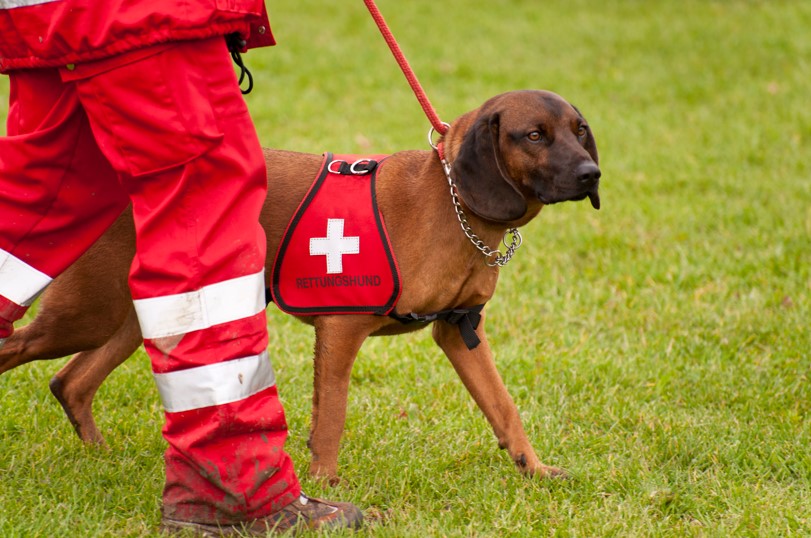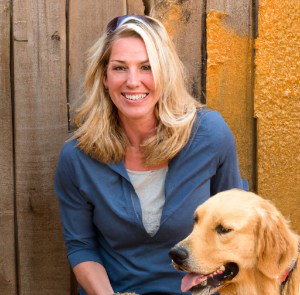February 7, 2023
Search and Rescue Dogs: Essential in Emergencies Technology has attempted to replicate the remarkable sense of smell of dogs, but in the aftermath of a major earthquake, such equipment is ineffective. Due to the dust, noise, vibrations, and electromagnetic fields produced by excavating machines, the detection equipment is easily disrupted, requiring rescue work to stop […]
